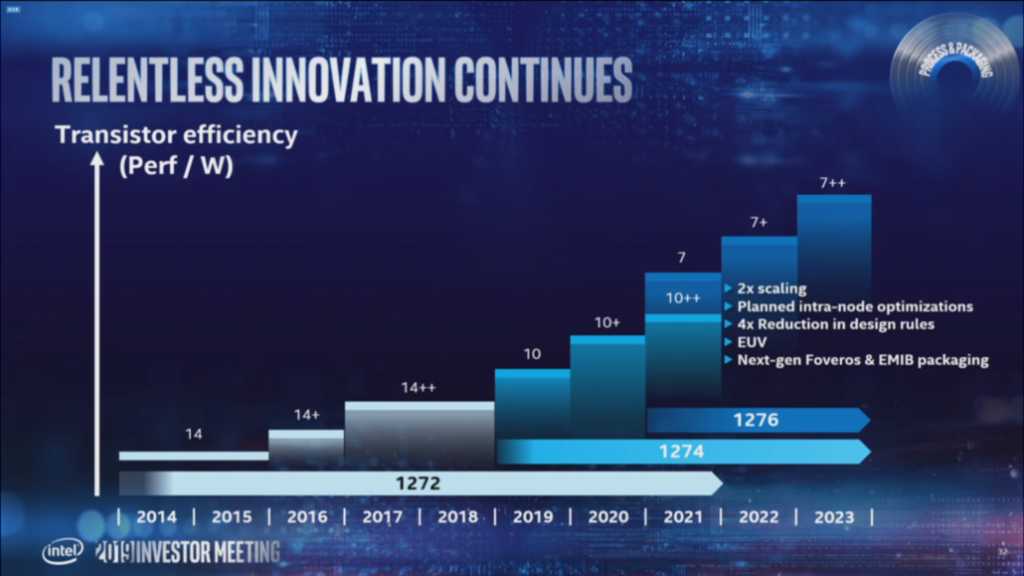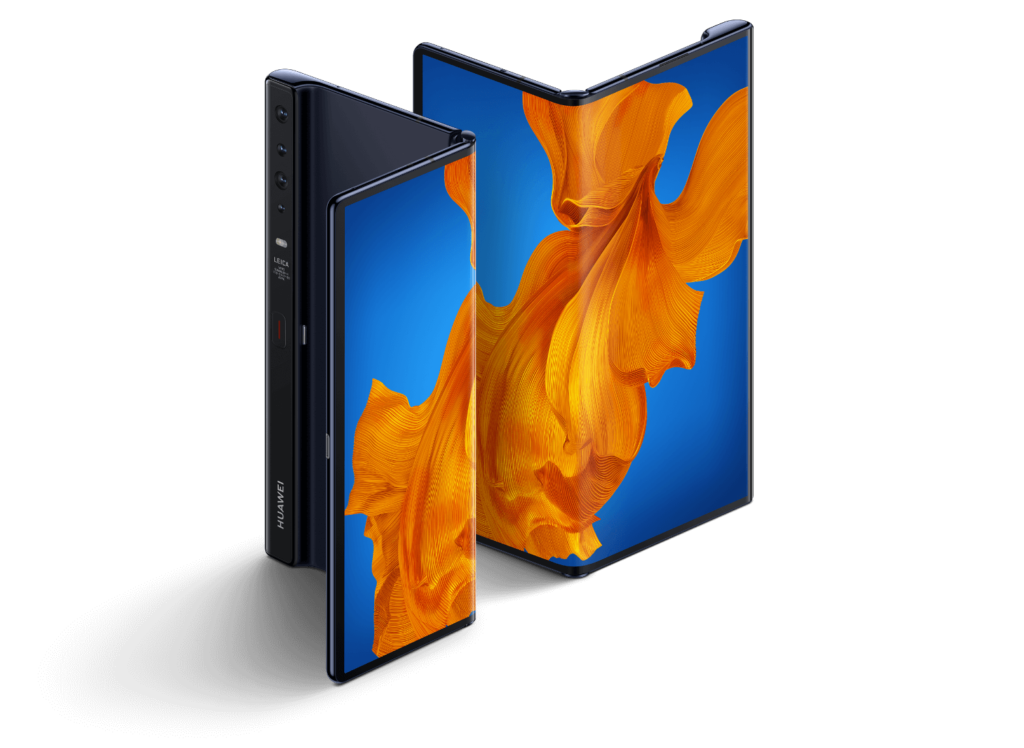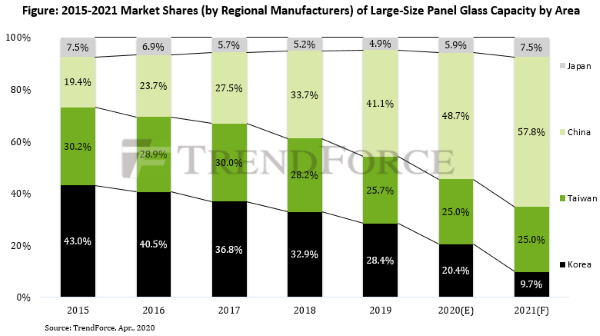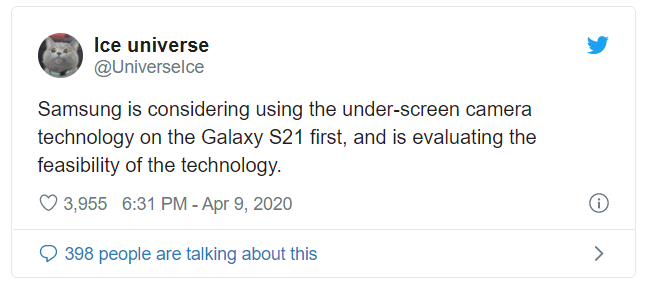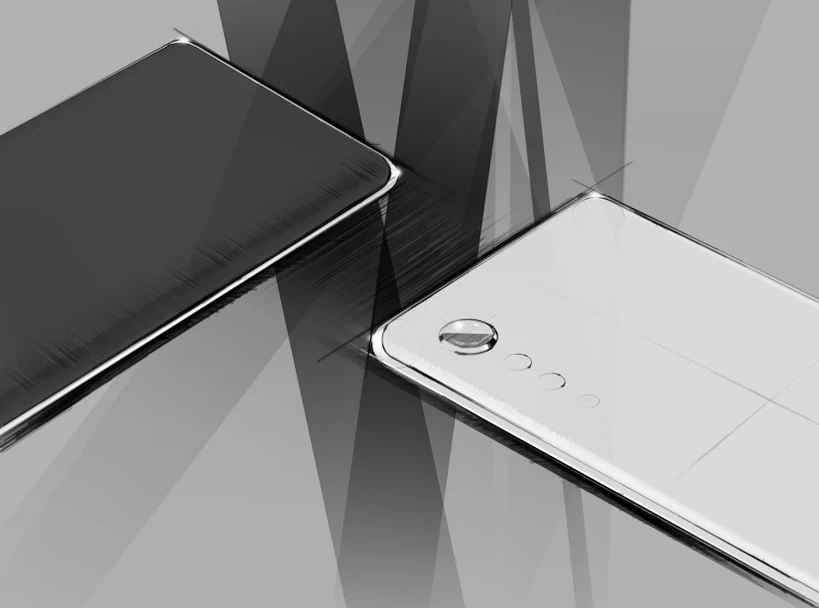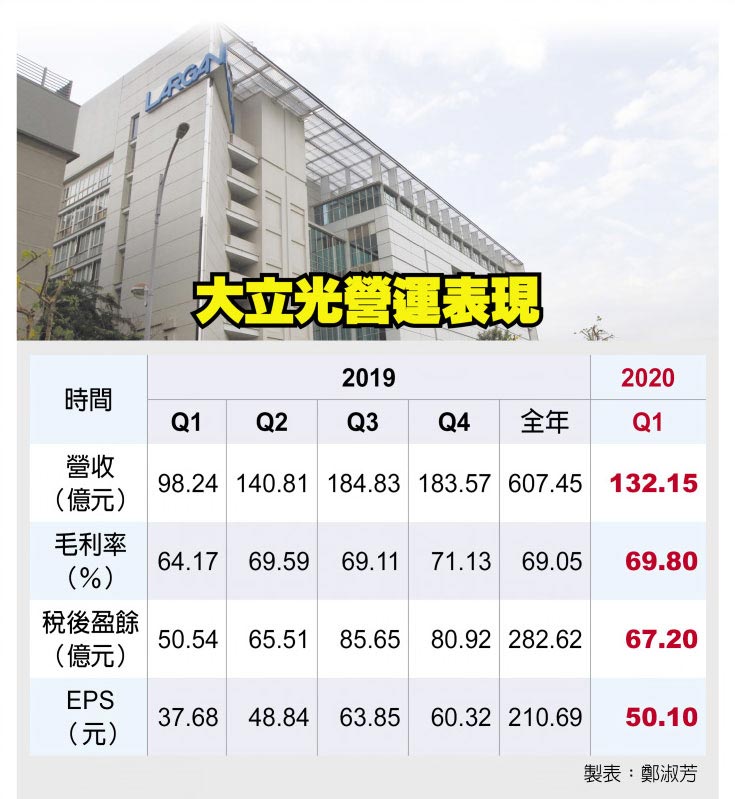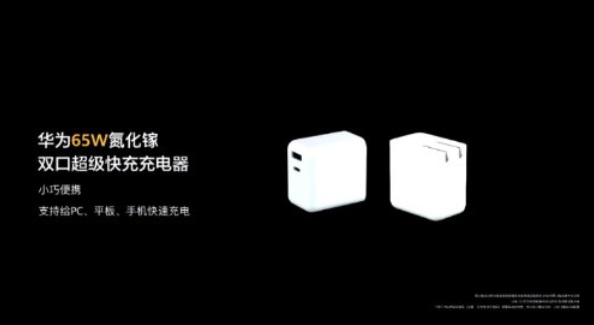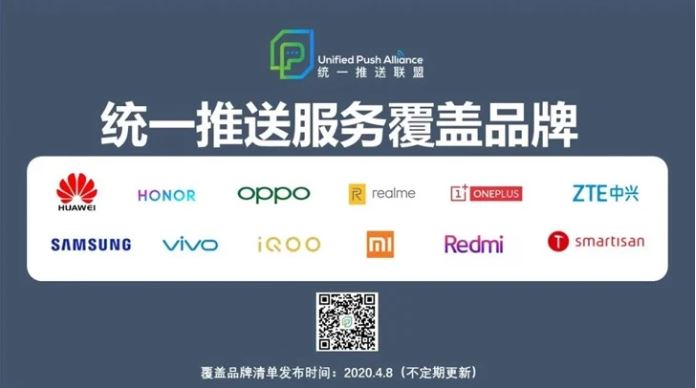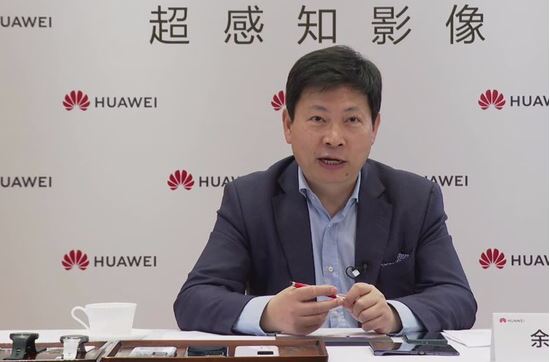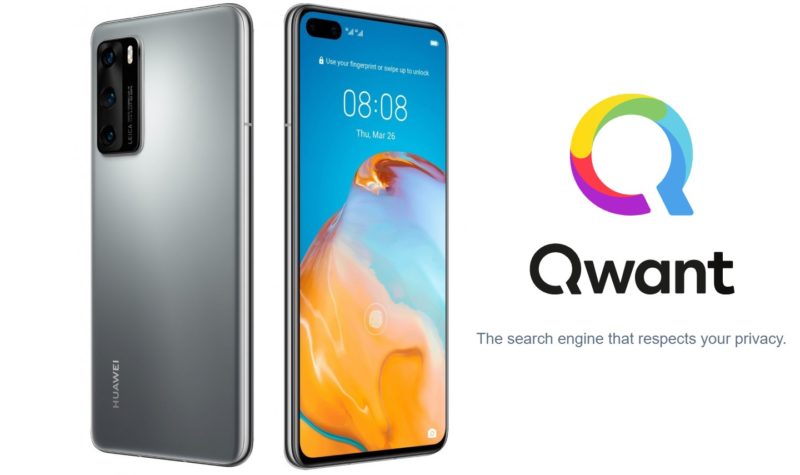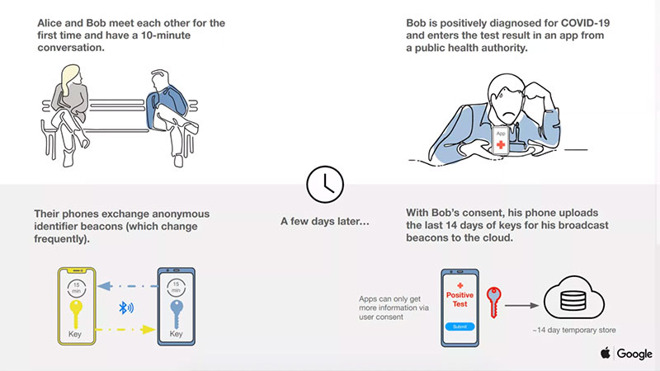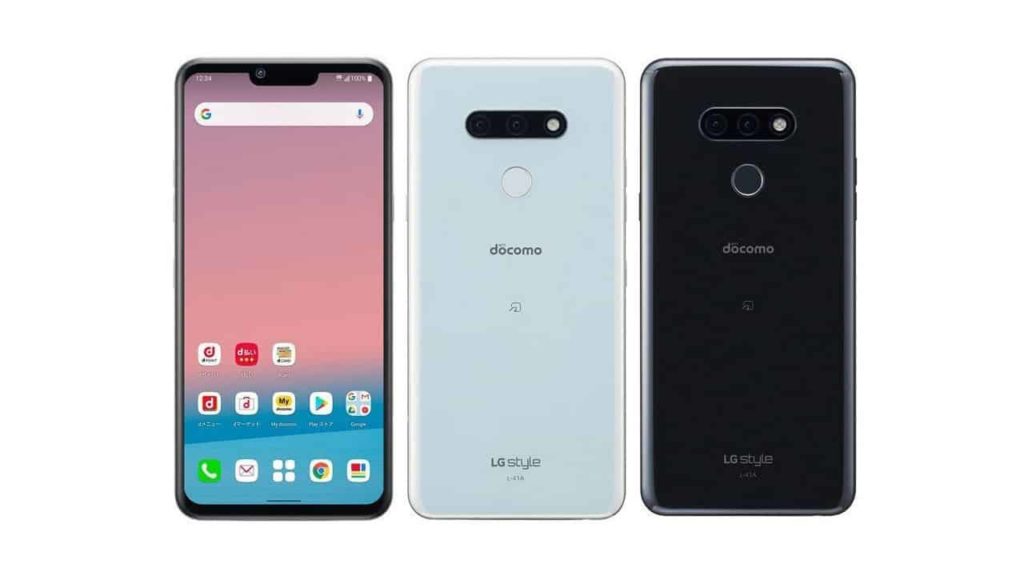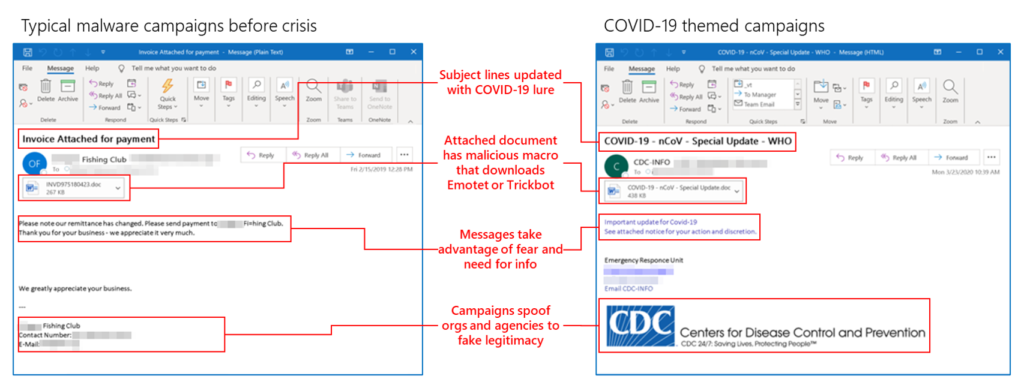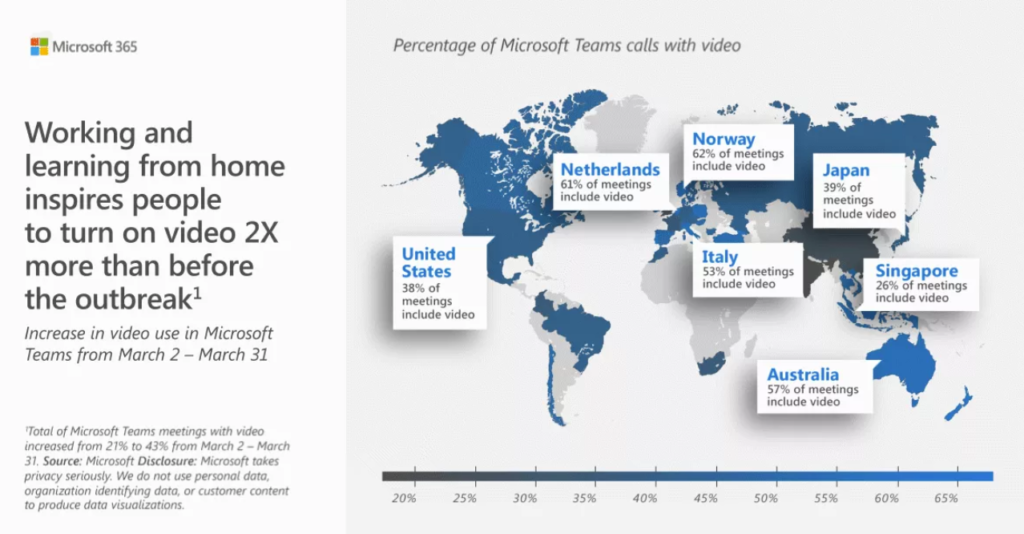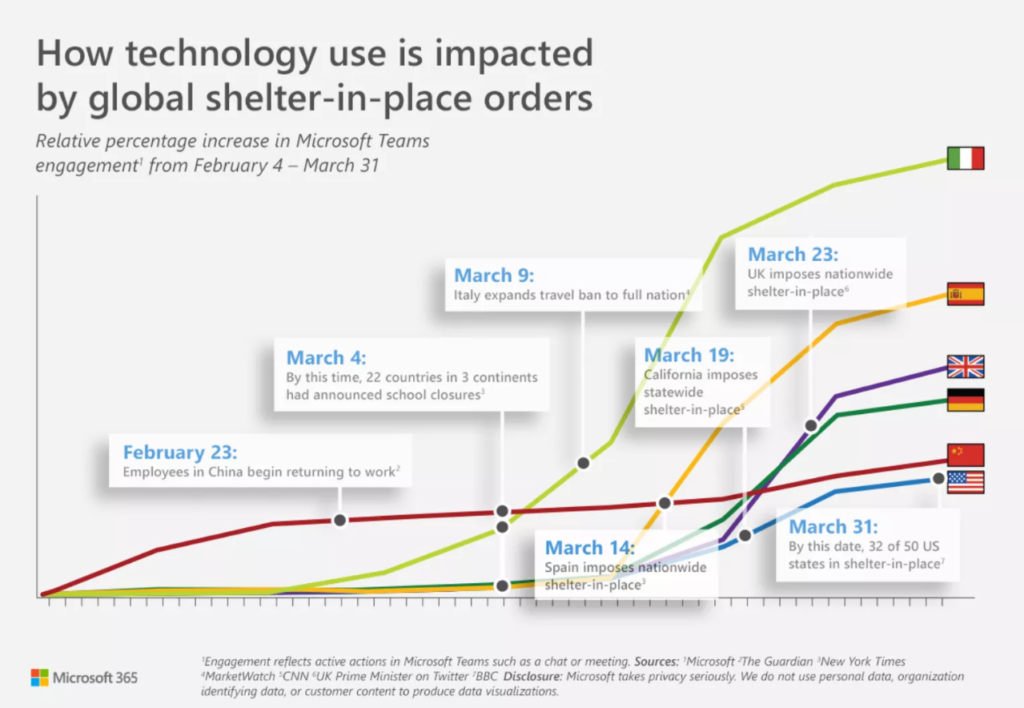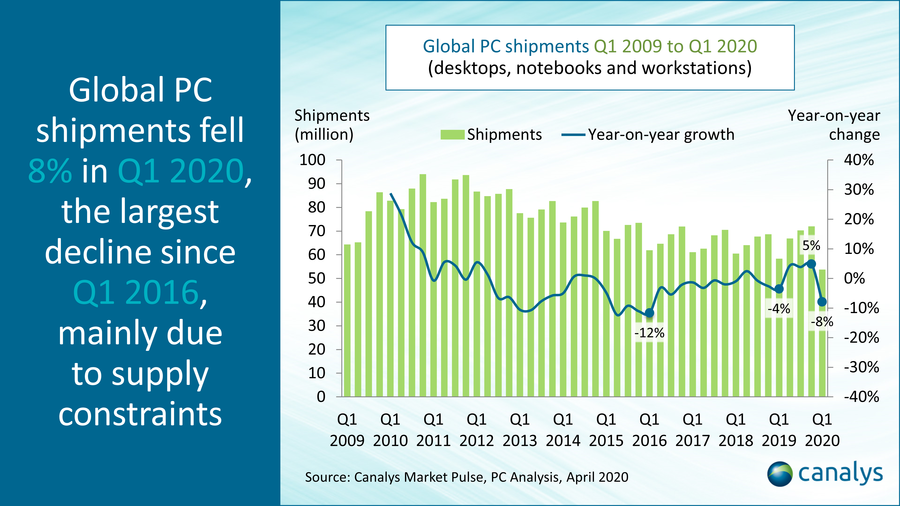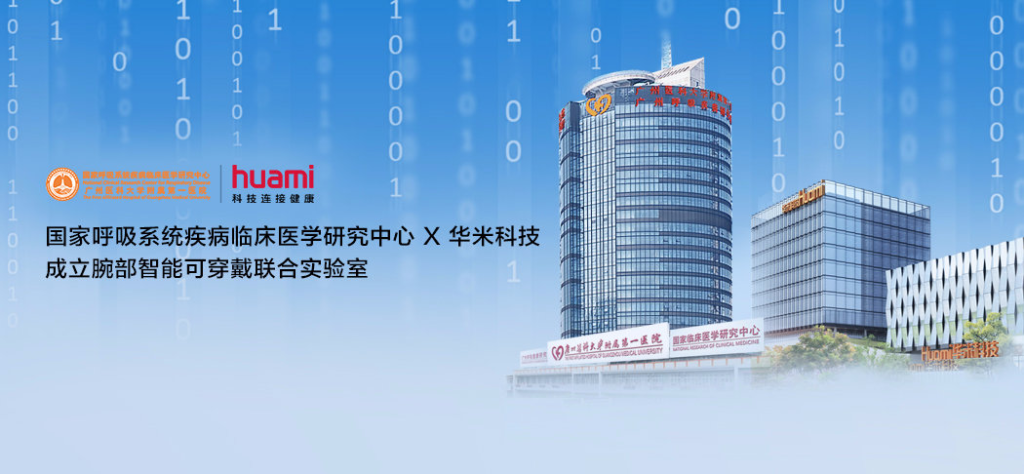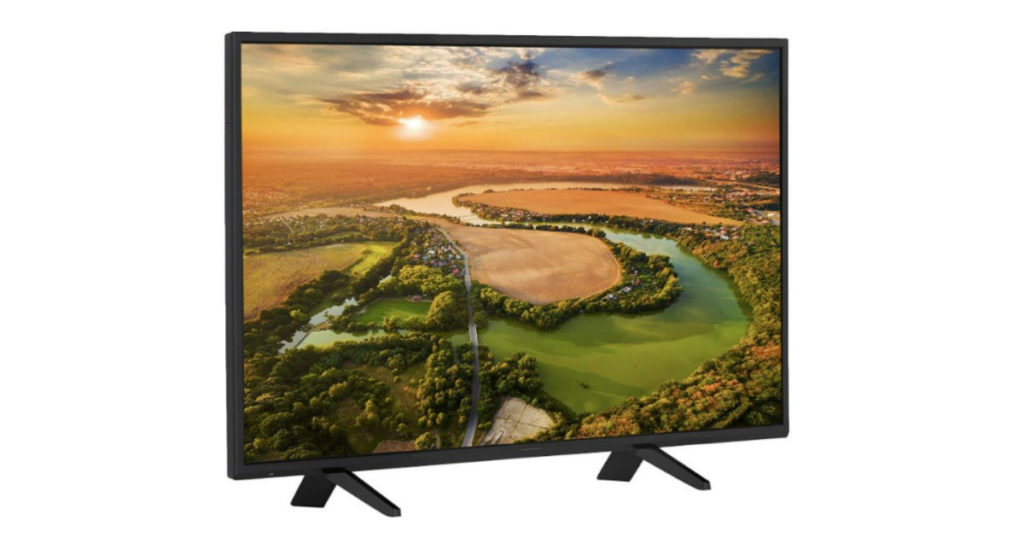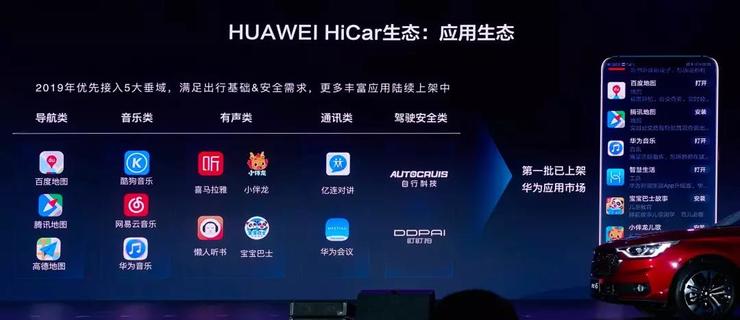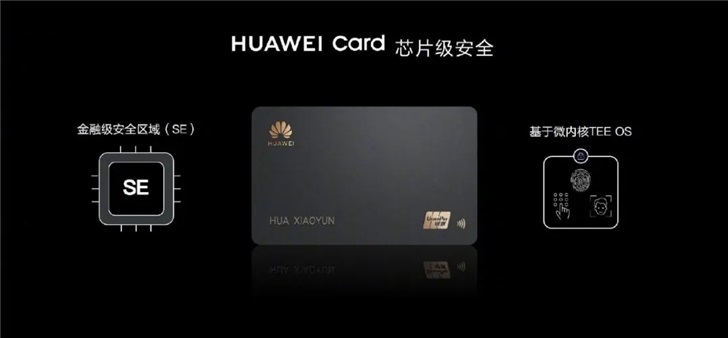
4-11 #LookAhead: Samsung is reportedly to equip its next generation Galaxy S with under-display front camera in 2021; Microsoft predicts the novel coronavirus pandemic will be a turning point that will change how we work and learn forever; etc.
Chipsets
Samsung Electronics is reportedly developing a custom Exynos chipset in partnership with Google, and will be launched in 2020. The chipset will be made using Samsung’s 5nm LPE process. The Exynos octa-core processor features two Cortex-A78 CPU cores, two Cortex-A76 CPU cores, and four Cortex-A55 CPU cores. It could use ARM’s unannounced Mali MP20 GPU that is based on Borr (codename based on Norse mythology) microarchitecture. Google seems to have removed Samsung’s ISP and NPU to use its own Visual Core ISP and NPU. (GizChina, Sam Mobile, ET News, CN Beta)
It looks like Intel’s 10nm Alder Lake Desktop CPUs which would be part of the 12th Gen Core family have appeared in a leaked slide which hints at a release around 2021 with a full 7nm product line expected by 2022. (Laoyaoba, Tom’s Hardware, WCCFTech)
Touch Display
Huawei consumer group CEO Richard Yu has revealed that even though the Mate XS retails for an CNY16,999 (~USD2,408), the firm has lost USD60M~70M. He has indicated that after the cost of the folding screen is reduced, it is possible to make a profit, not just the selling price.。(Android Authority, IT Home, My Drivers)
As Samsung Display (SDC) buckles under the pressure of oversupply and pandemic-induced operating difficulties, the company has made the decision to exit the LCD panel manufacturing business. According to TrendForce, the rapid decline of Korean manufacturers’ large-size panel glass capacity by area in 2020 is projected to result in a drop in market share from 28.4% in 2019 to 20.4% in 2020. The production capacity of Chinese panel manufacturers is expected to continue expanding in 2021. This growth, combined with the capacity shortfall from SDC’s discontinued LCD manufacturing, is expected to lead to Korean panel manufacturers’ large-size panel capacity by area to drop below 10% market share. (TrendForce, TrendForce, press)
Display panel maker Innolux has disclosed that its computer systems were attacked by viruses in the early hours of 9 Apr 2020, but it managed to remove the viruses immediately. It maintained the part of the operating systems that had been affected would be fixed during the day without hindering its production and delivery. (Digitimes, TechNews, UDN)
Camera
Samsung is reportedly to equip its next generation Galaxy S with under-display front camera in 2021. Samsung is “considering” this and is in the process of “evaluating the feasibility of the technology”. (CN Beta, TechRadar, Android Authority)
LG has revealed a new minimalistic design language for its upcoming smartphone. Key highlights of the new design language include a “Raindrop” camera and front-back symmetrical curves. The phone will also offer a more natural feeling in the hand, thanks to the new “3D Arc Design”. (Android Central, LG, CN Beta)
Smartphone-use lens module maker Largan Precision will begin to ship free-form lens modules in 2H20, according to the CEO Lin En-ping. Free-form lenses can minimize spherical aberration occurring to conventional lenses and are mainly used as ultra-wide-angle lenses. Huawei Technologies will launch a high-end Mate series smartphone featuring a rear camera with a free-form lens in 2H20, and Largan will be one of three suppliers of such lens modules. (Digitimes, press, Digitimes, CNYES, LTN, UDN)
Memory
Samsung Electronics, SK Hynix and Micron Technology now give priority to shipping memory chips and devices for data centers and other server applications, as demand for smartphones is slowing down, according to Digitimes. (Digitimes, Digitimes)
Biometrics
Cisco’s Talos security group has spent about USD2,000 over several months testing fingerprint authentication offered by Apple, Microsoft, Samsung, Huawei, and three lock makers. The result: on average, fake fingerprints were able to bypass sensors at least once roughly 80% of the time. (CN Beta, Tech Republic, Ars Technica)
Battery
Huawei has launched a 65W Gallium Nitride (GaN) multi-device charger. This charger will have both USB Type-A and Type-C to charge smartphones, tablets, and even laptops. It is priced at CNY249. (Laoyaoba, Chongdiantou, IT Home, Gizmo China, CNMO)
Phone
The Walt Disney Company has just announced that its streaming service Disney+ has more than 50M subscribers. Disney previously reported that it had 28M subscribers in Feb 2020. (TechCrunch, Variety, WSJ, The Verge)
Smartisan officially joins the Unified Push Alliance in China for notifications on its smartphones. The company has successfully met the requirements of the alliance’s T-UPA0002-2019 unified push interface layer specification. (Gizmo China, My Drivers)
TikTok has announced a series of relief funds and initiatives to support those fighting the COVID-19 pandemic, and to help other individuals and organizations struggling with its impact. In total, the company is pledging USD375M; including USD250M in funds, USD100M in ad credits, and USD25M in ad space for public health information. (CN Beta, The Verge, TechCrunch, TikTok)
Huawei Consumer Business CEO Richard Yu has indicated that Huawei’s consumer is expected to grow in 2020, especially in China, where it is expected to grow by at least 20% and even more by 30%. (CN Beta, CN Techpost)
Huawei has partnered with Qwant, a European search engine, to provide a new search experience on the Huawei P40 series. This integration will be introduced at a European scale in markets such as France, Germany, and Italy. (GSM Arena, Huawei Central, Pocket Now, GizChina)
Despite the current pandemic and economic recession, OEMs are still ordering smartphone parts “as usual”, with no signs of slowing down. Murata Manufacturing, known for making smartphone, television, and automobile components, says that smartphone part orders are not decreasing despite the current global crisis. Orders for parts through Feb / Mar 2020 are keeping pace with 2019 levels. Huawei and OPPO are two companies still ordering components from Murata. Murata parts are found in smartphones from the budget to premium segments. (Bloomberg, UDN, Android Headlines)
Apple and Google have announced a joint effort to utilize Bluetooth technology to help governments and health agencies reduce the spread of COVID-19 worldwide. Starting in May 2020, both companies will release APIs that enable interoperability between Android and iOS devices using apps from public health authorities to track the spread of COVID-19. (Apple Insider, Apple, Engadget, CN Beta)
Stanford University and Apple have partnered on a new iPhone app that provides police officers, firefighters, and paramedics in the Bay Area with up-to-date information and safety practices related to the COVID-19 pandemic. (Mac Rumors, CNBC, CN Beta)
Honor Play 4T and 4T Pro are announced in China: Play 4T – 6.39” 720×1560 HD+ HiD, HiSilicon Kirin 710A, rear dual 48MP-2MP depth + front 8MP, 6+128GB, Android 10.0 (HMS), rear fingerprint, 4000mAh 10W, CNY1,199 (EUR155). Play 4T Pro – 6.3” 1080×2400 FHD+ OLED u-notch, HiSilicon Kirin 810, rear tri 48MP-8MP ultrawide-2MP depth + front 16MP, 6+128 / 8+128GB, Android 10.0 (HMS), under display fingerprint, 4000mAh 22.5W, CNY1,499 (EUR195) / CNY1,699 (EUR220). (Gizmo China, GSM Arena, CN Beta)
Samsung Galaxy A41 is announced in Europe – 6.1” 1080×2400 FHD+ Super AMOLED, MediaTek Helio P65 MT6768, rear tri 48MP-8MP ultrawide-5MP depth + front 25MP, 4+64GB, Android 10.0, under display fingerprint, 3500mAh 15W, EUR299 / GBP269. (Pocket-Lint, Sam Mobile, GSM Arena, Samsung)
LG Style3 is announced in Japan – 6.1” QHD+ OLED, Qualcomm Snapdragon 845, rear dual 48MP-5MP depth + front 8MP, 4+64GB, Android 10.0, rear fingerprint scanner, IP68, 3500mAh, JPY38,000 (USD350). (GSM Arena, GizChina, LG)
PC Tablets
Microsoft’s threat intelligence shows that COVID-19-themed threats are retreads of existing attacks slightly altered to tie to the pandemic. Microsoft is seeing a changing of lures, not a surge in attacks. The company is actively monitoring and responding to this shift in focus. (CN Beta, Microsoft, Beta News)
Microsoft predicts the novel coronavirus pandemic will be a turning point that will change how we work and learn forever. Demand for Microsoft Teams surged worldwide in Mar 2020, jumping from 32M daily active users to 44M in just a week. While usage continues to rise, Microsoft is releasing a new remote work trend report to highlight how work habits are changing. (The Verge, Microsoft)
According to Canalys, demand for PCs soared in 1Q20, driven by remote working and learning requirements from strict lockdown measures around the world. However the crisis has also caused severe delays in production and logistical issues, leading to worldwide PC shipments falling 8% YoY. In 1Q20, vendors shipped 53.7M desktops, notebooks and workstations. The top vendor rankings remained stable, with Lenovo still leading the PC market with 12.8M units shipped. (CN Beta, Canalys, press)
Wearables
Huami has announced a collaboration with China National Clinical Research Center of Respiratory Disease (NCRCRD) and Guangdong Nanshan Medical Innovation Institute, led by Dr. Nanshan Zhong, to establish a smart wearable joint laboratory. (Laoyaoba, EE World, Sina, PR Newswire)
Home
Huawei has announced its 2nd OLED TV Huawei Vision Smart TV X65, which features 65” self-illuminating 4K OLED panel with a high screen ratio. The smart OLED TV is equipped with HiSilicon’s new self-developed Honghu 898 flagship smart chip designed for OLEDs. (CN Beta, My Drivers, Gizmo China)
Infinix and Tecno, both brands owned by Transsion Holdings, are planning to launch smart TVs based on the Android TV platform in India. The Infinix smart TV is expected sport a 43” screen and carry a price tag of around INR20,000-25,000. Infinix will only sell its TVs online, Tecno will market its televisions in the offline segment only. (CN Beta, 91Mobiles, BGR)
Automotive
Huawei has shared details about its Hicar business. Huawei HiCar realizes the interconnection of phone and car, yet it is not a car operating system. Huawei has said that HiCar can use the 5G network capabilities of mobile devices to enhance the data interaction capabilities of the car-phone system. (CN Beta, Huawei, CN Techpost)
Robotics
Starship Technologies has launched a robot food delivery service in Tempe, Ariz., as part of the autonomous delivery startup’s expansion plans following a USD40M funding round announced Aug 2019. Starship Technologies, which is launched in 2014, has been ramping up commercial services in the past year, including a plan to expand to 100 universities by late summer 2021. (TechCrunch, Inventica)
Payment
Huawei Consumer Business Group CEO Richard Yu unveiled the HUAWEI Card, which is both a physical and virtual card. The company’s phones stores any data in the same secure enclave that handles mobile payments. UnionPay is backing the card, and it supports NFC for tap. (IT Home, Engadget, CNMO)
